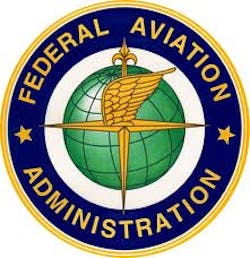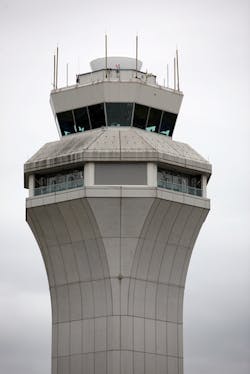FAA officials unveil first unmanned aircraft systems integration roadmap
WASHINGTON, 8 Nov. 2013. The U.S. Department of Transportation’s (DOT’s) Federal Aviation Administration (FAA) released its first roadmap for safely integrating unmanned aircraft systems (UAS) into the National Airspace System (NAS).
The long-awaited and much-anticipated roadmap addresses current and future policies, regulations, technologies, and procedures that will be required as demand moves the country from today’s limited accommodation of UAS operations to the extensive integration of UAS into the Next Generation Air Transportation System (NextGen) aviation system.
“The FAA is committed to safe, efficient, and timely integration of UAS into our airspace,” explains FAA Administrator Michael Huerta. “We are dedicated to moving this exciting new technology along as quickly and safely as possible.”
The roadmap outlines the FAA’s approach to ensuring that widespread UAS use is safe, from the perspective of accommodation, integration, and evolution. The FAA’s main goal for integration is to establish requirements that UAS operators will have to meet in order to increase access to airspace over the next five to 10 years. The roadmap discusses new and revised regulations, policies, procedures, guidance material, training, and understanding of systems and operations to support routine UAS operations.
“Government and industry face significant challenges as unmanned aircraft move into the aviation mainstream,” says U.S. Transportation Secretary Anthony Foxx. “This roadmap is an important step forward that will help stakeholders understand the operational goals and safety issues we need to consider when planning for the future of our airspace.”
The plan addresses the evolution of UAS operations once requirements and standards are in place and are routinely updated to support UAS operations as the NAS evolves over time. The document stresses that the UAS community must understand the system is not static, and that many improvements are planned for the airspace system over the next 15 years.
UAS & national airspace images courtesy Shutterstock.


